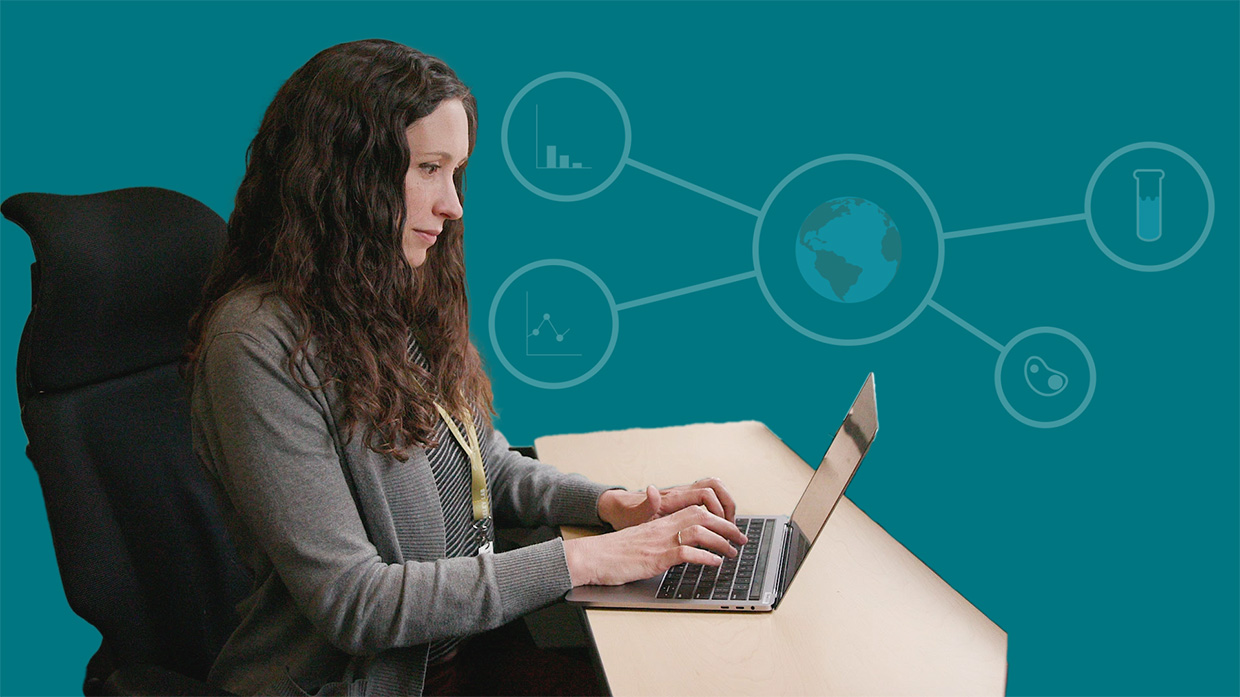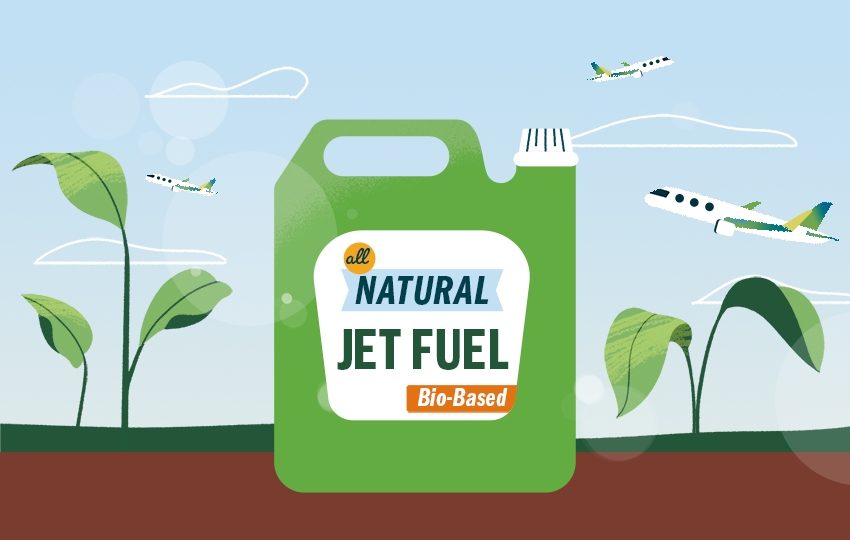
The Basics2Breakthroughs video series focuses on early career scientists discussing their research and what they hope for the future in that research.

The “Science in Motion” video series focuses on real approaches, technologies, and solutions that Berkeley Lab is using to solve complex challenges for science, people, and the planet.
Diatoms do so much for us already – they’re the base of the oceans’ food chains and take up 20% of the planet’s carbon dioxide through photosynthesis. But biologist Setsuko Wakao thinks they’d be great at another job too: acting as tiny sponges to store toxic or useful metals using the molecule structure of their gorgeous shells.
A key solution for carbon capture and storage is under our feet. We’re investigating the interactions between plants, microbes, and geological features in soil with the goal of using healthy soil ecosystems to pull carbon from the atmosphere and stash it underground for a long time, at a low cost. The Center for Restoration of Soil Carbon by Precision Biological Strategies, or RESTOR-C, brings together advanced technologies and diverse expertise of biologists, Earth scientists, and computational scientists from Lawrence Berkeley National Laboratory, Los Alamos National Laboratory, New Mexico State University, UC Berkeley, UC San Diego, and California State University Monterey Bay.
RESTOR-C is a research center of the Carbon Negative Shot, one of the Department of Energy’s Energy Earthshot Initiatives.